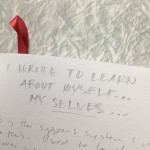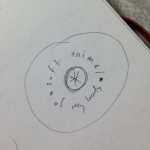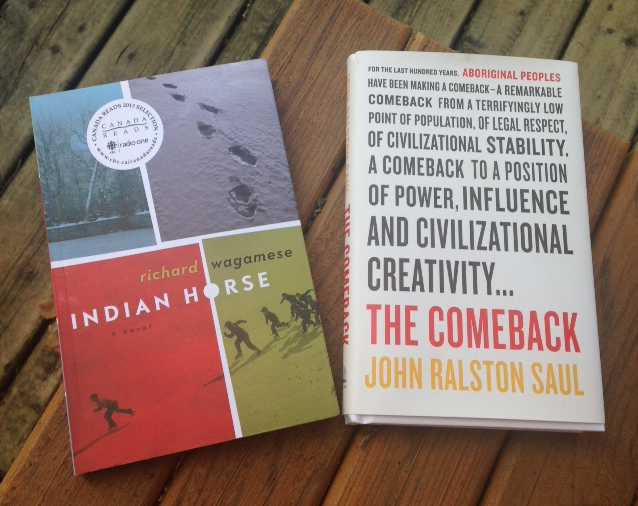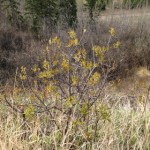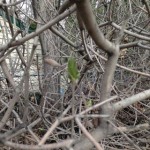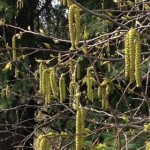I resisted, then eventually accepted, an invitation. A friend asked me to come to a meeting to share a bit of a story of some work I’ve ben doing, but I didn’t want to go. I knew ahead of time I would be frustrated, but since it would help my friend in their work, I accepted.
My dread: I knew they would not be listening well.
In the middle of this meeting I started to squirm. I couldn’t sit. I couldn’t listen. It was exactly as I predicted either because it was my own self-created self-fulfilling prophecy, or I saw only what I wanted to see. I noticed this and took a few deep breaths. As I calmed, this realization came to me:
There is something here for me to learn. Hang in there.
I witnessed people who are really into their jobs, stepping into the difficult work of connecting people with each other, yet they were stuck in the it’s my job to connect you trap. It was our responsibility to name what we wanted to connect with others about and there was one person in the room whose explicit job is to connect us.

The purpose of this meeting was for people across the city doing similar work to meet each other, but since we sat and listened to a handful of stories, hand-picked ahead of time, we didn’t meet each other. We heard great stories (it wasn’t all bad at all) and we left without having met each other. And meeting is an essential part of connecting.
The it’s my job to connect you trap is hard to spot because it’s business as usual, which reinforces our separateness. We did not meet each other because most of the talking was done by the meeting hosts, plus a handful of others identified ahead of time. We did not meet each other because the meeting was not design for us to meet; if we wanted to meet other people with similar interests, we were to connect with the hosts, who would do the connecting.
I realized that they were missing out on the real innovation in their work: to set us up so we connect ourselves. They didn’t need to set themselves up as the critical structure, they need simply to set us up to be the structure.

As hosts, they have a choice: be the connector or create environments where we are the connectors. Create habitats in which we find each other.
Simple processes, now well established with wonderful resources easily available, work wonderfully for this kind of meeting:
- World Cafe–founded by Juanita Brown and David Isaacs–is a process that invites participants to explore ideas together and meet each other in far more than superficial ways in a short amount of time.
- Open Space Technology–founded by Harrison Owen–is a process that allows a diverse group of people and their diverse ideas to build an agenda together and find people with similar interests.
Both of these process are the heart of what my Art of Hosting colleagues and I call participatory leadership, where we use processes that harness the wisdom of the collective. We do not put ourselves in the hub of the wheel, for that is the I connect you trap. Instead, we create the conditions for self-organizing, so we connect, and then organize ourselves.
The trap tricks you into thinking you need to be at the center of the work, the hub of the wheel. It tricks you into thinking that this is how to connect people and it does this by making your ego think that YOU need to be at the center. In reality, if you are in the center you are in the way of connecting people. There are way more connections possible than you can possibly keep track of or maintain. It’s not your job.
Here’s what I ask myself, to test if the trap is tricking me:
- Is the work about me being the connector (in the center)? or
- Is the work about as many people and ideas as possible connecting, with or without me?
Setting ourselves up to connect with each other is counter-cultural. There is a lot of inertia in everything we do to keep us separate, even when our work is about connecting with each other. Even my friend, whose work is about connecting people in spectacular ways, is caught in the trap. Are you?
_____
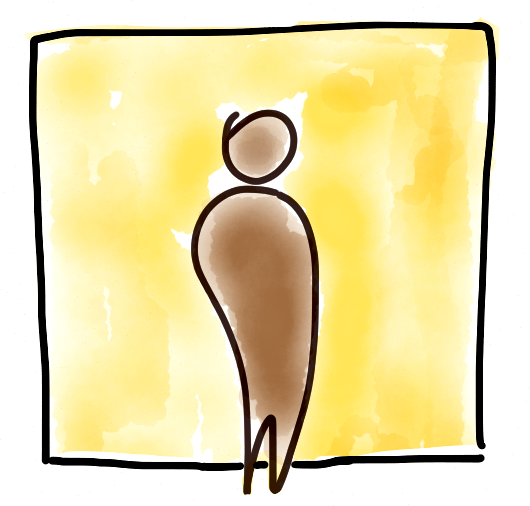
 The usual plans for Michael’s annual three-week visit with his mom fell through. The decades old routine, while well entrenched, still needed her attention for it to come to pass. Tickets to buy, reservations to make, dates to set. But she didn’t do it.
The usual plans for Michael’s annual three-week visit with his mom fell through. The decades old routine, while well entrenched, still needed her attention for it to come to pass. Tickets to buy, reservations to make, dates to set. But she didn’t do it. 